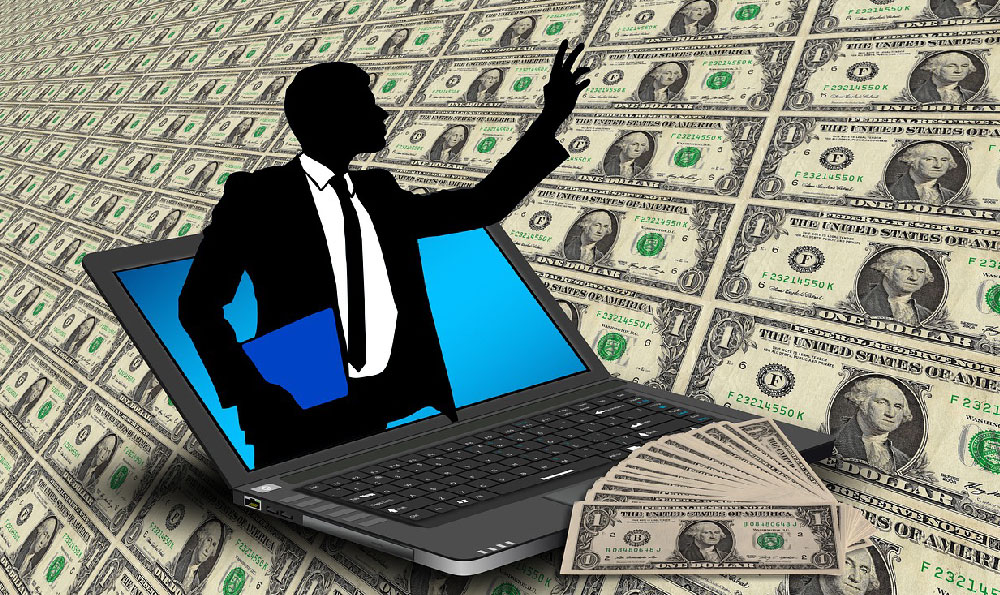The allure of becoming a successful YouTuber, basking in the glow of millions of views and the promise of financial independence, is strong. But the reality of a YouTuber's income is often shrouded in mystery, fueled by speculation and incomplete information. To understand how much YouTubers truly make, particularly when assessing earnings "per million views," we need to dissect the various revenue streams, understand the nuances of YouTube's algorithm, and consider the diverse factors that influence a channel's profitability.
Let's address the central question: Is it a fixed amount "per million views"? The straightforward answer is no. There is no set price a YouTuber receives for every million views accumulated. Revenue is far more complex, dictated by a confluence of variables, the most prominent being the cost per mille (CPM) and the revenue per mille (RPM). CPM represents the cost advertisers are willing to pay for one thousand impressions of their ads. RPM, on the other hand, reflects the actual revenue a YouTuber receives for every one thousand views after YouTube takes its cut (typically around 45%).
CPM and RPM fluctuate dramatically based on several factors. One of the primary drivers is the advertising niche. Channels focused on finance, technology, or business often command higher CPMs because advertisers in these sectors are willing to pay more to reach a wealthier or more targeted audience. Conversely, channels centered on gaming, entertainment, or vlogging may have lower CPMs due to lower advertising demand within those categories.

Geographic location also plays a significant role. Views originating from countries with robust advertising markets, such as the United States, Canada, Australia, and Western European nations, generally generate higher RPMs than views from countries with less developed advertising economies. This disparity is because advertisers are willing to pay more to reach consumers in wealthier regions with higher purchasing power.
Audience demographics are another key determinant. Advertisers are keen to target specific age groups, genders, and interests. If a YouTuber's audience aligns well with the target demographic of a particular product or service, the CPM and, consequently, the RPM will likely be higher. For example, a channel targeting affluent women aged 25-45 with content on luxury goods and travel would likely attract higher CPMs than a channel targeting teenage boys with gaming videos.
The type of ad displayed also influences revenue. YouTube offers various ad formats, including skippable video ads, non-skippable video ads, bumper ads, display ads, and overlay ads. Non-skippable ads and bumper ads (short, non-skippable ads) tend to generate higher CPMs because they guarantee that viewers will see the advertisement in its entirety. However, user experience is also a consideration, and YouTubers must carefully balance ad frequency and format to avoid alienating their audience.
Beyond AdSense revenue, which is directly tied to views and ads, YouTubers can generate income through a variety of alternative channels. Affiliate marketing involves promoting products or services and earning a commission on each sale generated through a unique referral link. This can be a lucrative source of income, particularly for channels that review products or offer tutorials.
Sponsorships and brand deals are another significant revenue stream. Companies may pay YouTubers to feature their products or services in their videos, providing a fixed fee or a percentage of sales. The amount YouTubers can charge for sponsorships depends on their audience size, engagement rate, and the alignment of their content with the brand's values.
Merchandise sales can also contribute significantly to a YouTuber's income. Selling branded apparel, accessories, or other products allows YouTubers to monetize their brand and build a stronger connection with their audience.
Fan funding platforms, such as Patreon or YouTube's own channel memberships, enable viewers to support their favorite creators directly through recurring donations. This provides a more stable and predictable income stream compared to AdSense revenue, which can fluctuate significantly.
To illustrate the variability in YouTuber income, let's consider some hypothetical scenarios. A gaming channel with 1 million views originating primarily from a young demographic in developing countries might earn a relatively low RPM of $1-2, translating to $1,000-2,000 in AdSense revenue. In contrast, a finance channel with 1 million views originating primarily from a wealthy demographic in the United States might earn a much higher RPM of $10-20, generating $10,000-20,000 in AdSense revenue.
Beyond the immediate financial gains, the long-term value of a successful YouTube channel lies in the brand equity it creates. A strong brand can attract sponsorships, collaborations, and other opportunities that extend far beyond AdSense revenue. YouTubers who cultivate a loyal and engaged audience are better positioned to monetize their content and build a sustainable career.
In conclusion, while achieving a million views is a significant milestone for any YouTuber, the actual revenue generated from those views is far from a fixed sum. It's a complex calculation influenced by niche, geography, demographics, ad formats, and a host of other factors. Furthermore, successful YouTubers diversify their income streams beyond AdSense, leveraging affiliate marketing, sponsorships, merchandise sales, and fan funding to maximize their earning potential. The path to financial success on YouTube requires not only compelling content but also a strategic approach to monetization and a deep understanding of the platform's intricacies. It's a business, and like any business, careful planning and execution are paramount.












